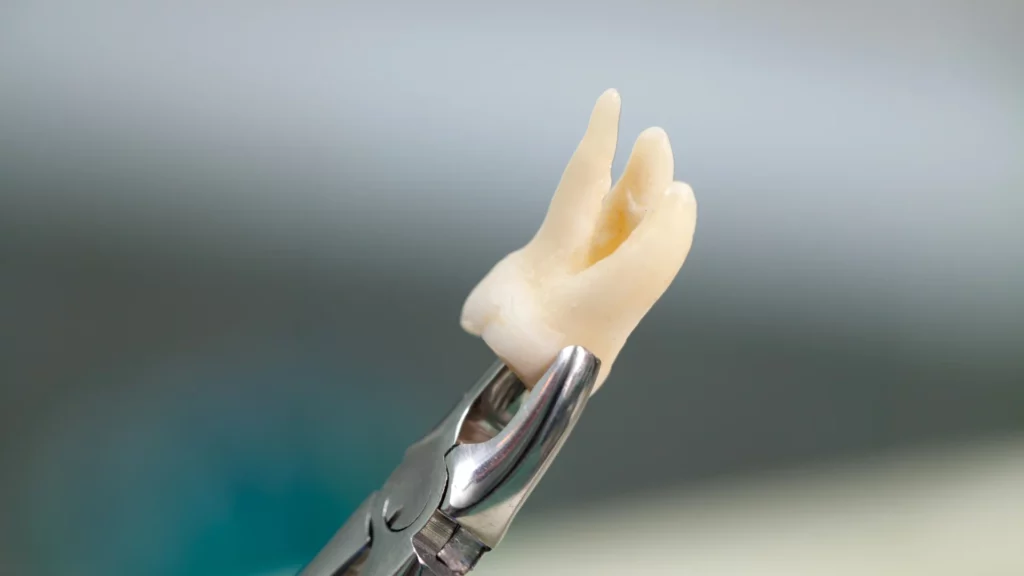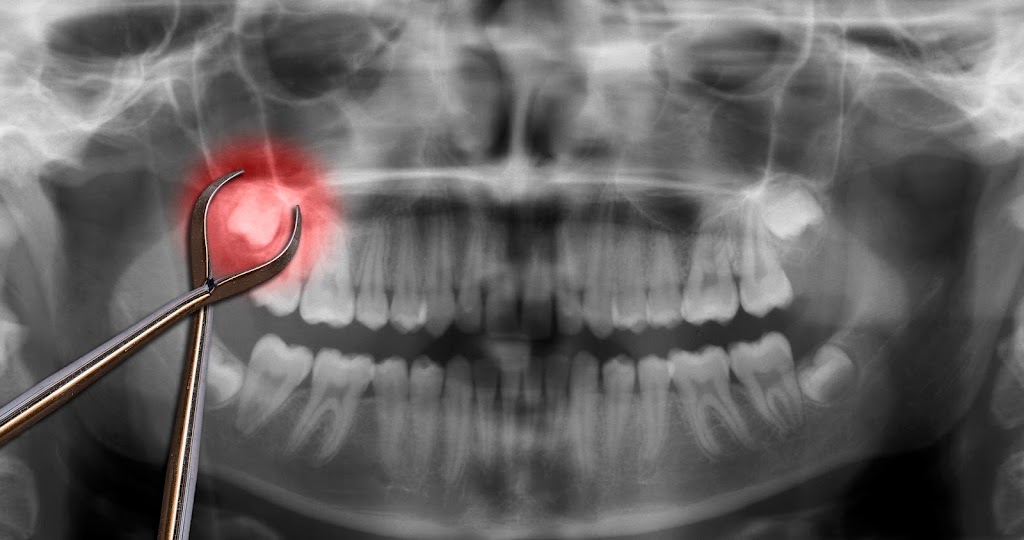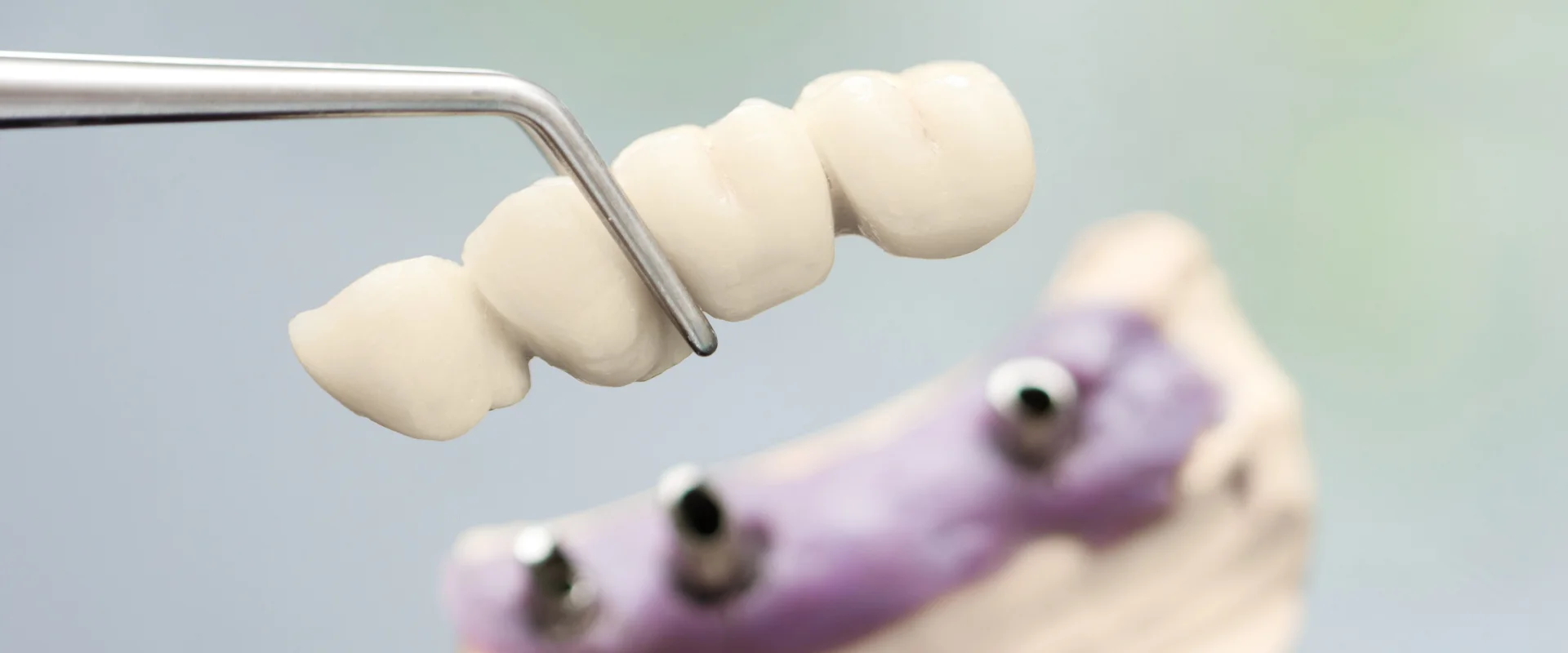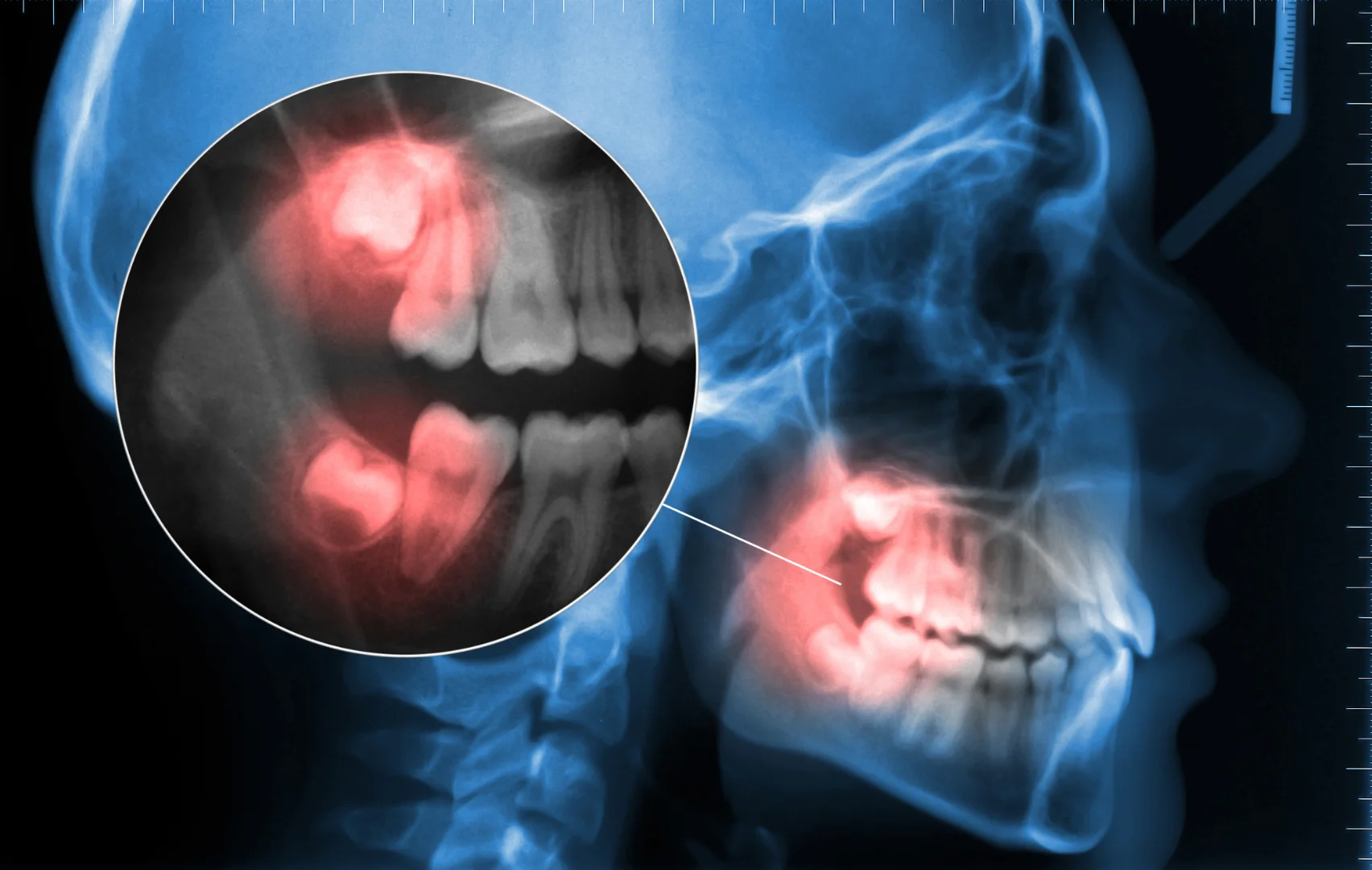We all want our teeth to be healthy, but sometimes a certain tooth ends up diseased, impacted, or painful despite our best efforts at oral health. In these cases, simple extractions may be the best answer. Oral surgeons and dental specialists often recommend tooth extraction for wisdom teeth, impacted teeth, or other teeth that may cause problems. Many dental patients avoid tooth extractions because they fear pain or have heard negative things about local anesthesia. At Solace Oral Surgery, our mission is to alleviate these concerns and extract the teeth that cause our patients pain so they can return to living normal, healthy lives.
Do I Need a Tooth Extraction?

Not all oral disease or tooth pain results in an extraction. However, there are a few situations in which you might need one. Talk to Jaime A. Romero and his staff about an extraction if:
- You have a fractured or malformed tooth.
- You have extra teeth, including baby teeth, that are impeding adult tooth health.
- You have severe tooth decay or apical pathology, and endodontic treatment (such as root canals) has not alleviated it.
- You have any periodontal disease that has impacted any tooth roots.
- You need braces, and crowding or extra teeth would impede their placement.
Your medical history will be reviewed and your condition assessed clinically to determine the best dental treatment plan.
Are Wisdom Tooth Removals Painful?

No. We give all our patients gentle local anesthetics before extractions. If you have questions about your anesthetic, don’t hesitate to ask Dr. Romero or the dentist treating you that day. You will undergo X-rays before the extraction, so inform us if you are or could be pregnant, or if you have had medical procedures that could influence how your body responds to radiation.
During a tooth extraction, the general dentist uses an “elevator” tool—often with a curved tip—to lift the tooth, helping to displace the tooth or root. The dentist carefully loosens the gum tissue and severs the periodontal ligament, which attaches the tooth root to the alveolar bone. He or she then uses forceps to gently rock the tooth back and loosen it from the bony socket before extracting it from the ligaments and gums, taking care to avoid damage to adjacent teeth. Our dentists are extremely gentle and careful with this part of the procedure. Some teeth may need to be broken into pieces for removal if they cannot be tugged out easily. This may be necessary for fractured teeth or when adjacent teeth need to be protected. Again, you won’t feel this.
Routine extraction and simple extraction are performed for visible teeth using basic instruments, while surgical extraction may be required for impacted or difficult teeth and may require the dentist to remove bone. Dental nurses assist the general dentist during the procedure to ensure patient safety and infection control.
We use gauze to pack your tooth’s socket after the procedure. A blood clot forms in the extraction socket and is essential for healing. In some cases, stitches are necessary to close the wound. Afterward, it is important to monitor the surgical site for post operative swelling and signs of dry socket, which can occur if the blood clot is dislodged. We’ll walk you through how to take care of the extraction site after your procedure. Please bring someone to drive you to and from the office and to take information. If you’re ill during the week before your extraction, you may need to reschedule, so call us as soon as possible. If you need an appointment, you may contact us online or by phone.
If you experience serious complications such as excessive bleeding, severe pain, or signs of infection, please contact our office immediately.
What Should I Expect After My Tooth Extraction? (Dental Extraction Aftercare)

After a tooth extraction, proper aftercare is crucial to ensure a smooth recovery and minimize discomfort. Your oral surgeon or dental specialist will provide you with detailed instructions tailored to your specific situation, but there are some general things you can expect during the healing process.
It’s normal to experience some dental pain, swelling, and minor bleeding in the first few days following your dental extraction. These symptoms are part of your body’s natural healing response and should gradually improve as the extraction site begins to heal. Most patients find that discomfort can be managed with over-the-counter pain relievers recommended by their oral surgeon, and by following all aftercare guidelines closely.
You may notice that the area where your tooth was removed feels tender or sore, especially when eating or brushing. It’s important to avoid disturbing the extraction site, as this helps prevent complications and supports proper healing. Your oral surgeon will likely advise you to rest, avoid strenuous activity, and stick to soft foods for the first few days. Keeping your head elevated and applying an ice pack can help reduce swelling and ease discomfort.
If you have any concerns about your recovery or experience severe dental pain, excessive bleeding, or signs of infection, don’t hesitate to call your dentist or oral surgeon. Following your aftercare instructions carefully will help ensure a comfortable recovery and reduce the risk of complications after your tooth extraction.



